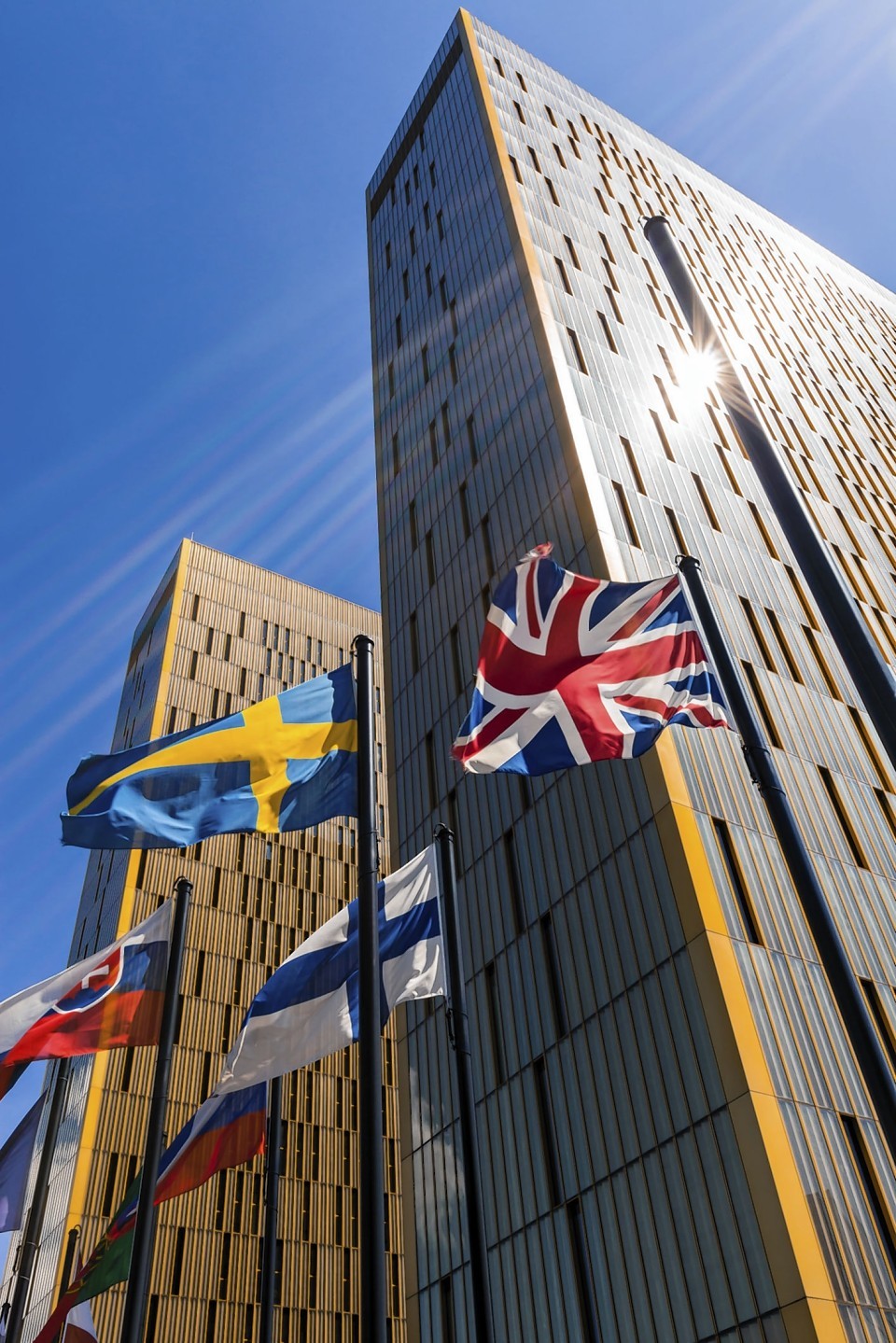A legal ruling about privacy has left internet experts struggling to explain its implications
The European Union Court of Justice last week ruled that Google must remove links from its search results when asked to do so by a member of the public.
The case was brought by Spanish citizen Mario Costeja Gonzalez, who wanted to change the results that appear when you search Google for his name.
The court agreed and said that Google should comply with his request.
The trouble with this ruling is the precedent it sets. If anyone can insist that Google (or any other site) must remove links about them when asked, then how will that work in practice?
In particular, if someone makes such a request, how can Google be sure that they are the right person? What happens when it’s someone with a very common name?
Another problem: what happens when a disgraced public figure wants to clean up their reputation? Could this ruling allow them to effectively edit the internet to suit their own purposes?
The ruling has caused widespread dismay. Javier Ruiz, Policy Director at the Open Rights Group (www.openrightsgroup.org), said: “We need to take into account individuals’ right to privacy but this ruling raises significant concerns. If search engines are forced to remove links to legitimate public content, it could lead to online censorship.”
The ruling says that there’s a balance to strike in every possible case. People would have to prove that the information they wanted removed was “inadequate, irrelevant or no longer relevant”.
It’s a sign of a deeper problem: the internet is still young, but governed and controlled by old, outdated laws. Only when we have a new law that properly understands and takes account of the internet, will we properly be able to settle disputes like this.
